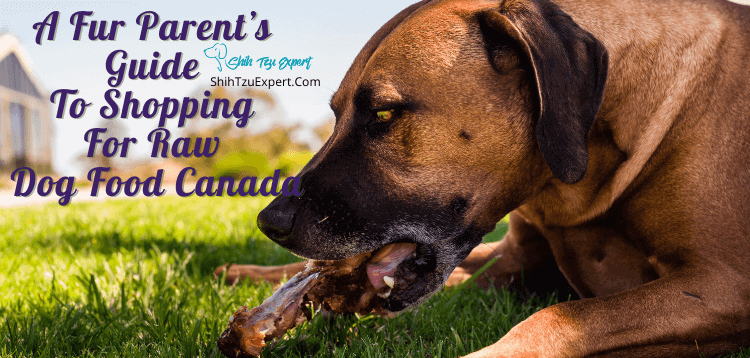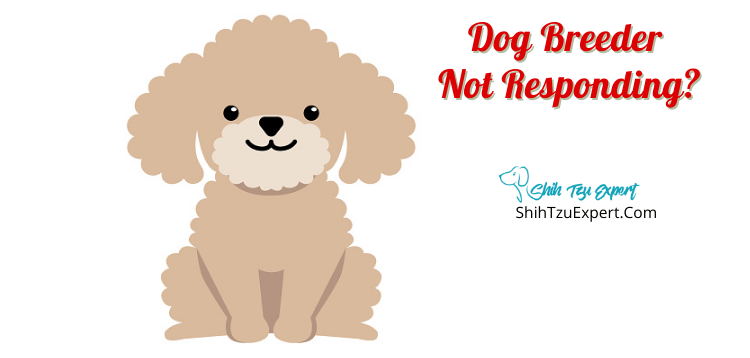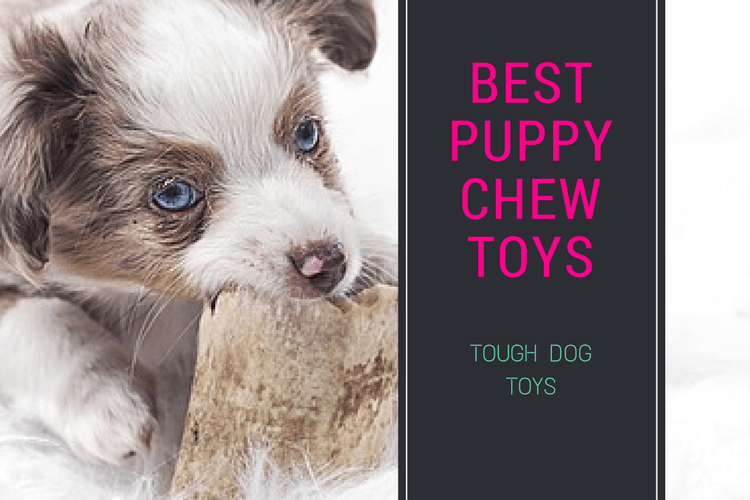Perhaps you’ve been feeding your dog kibble for years on end, thinking that it’s the best dog food out there. You’ll be surprised or disappointed to learn that it’s all been a misconception.
Dog’s find it hard to digest foods laden with carbohydrates, sugar, rancid fats, and chemicals. This is because such foods appear nowhere in their evolutionary history. Indeed, scientists confirm that dogs are 99% genetically similar to wolves. Therefore, you expect their bodies to be comfortable with the kinds of raw food that wolves eat out there in the wild. For these reasons, you want to switch from kibble to raw food.
To help you out, here’s a brief guide to shopping for raw dog food.

Guide To Shopping For Raw Dog Food
Different people have different schedules. Suppose you’re the busy type who’s always on the run as you sort out life’s issues. In this case, you need ready-to-eat food for your dog.
Fortunately, there are plenty of companies out there that prepare and package raw dog food. If you live in a dog-friendly country, like Canada, be sure you won’t run short of options in your search for commercial raw dog food Canada. But given the dozens of brands you have to choose from, it’s critical for you to know what to look for.
Here are a few items for your consideration:
- Formula Ratios
- Ingredients
- Storage Options
The recommended ratio for raw dog food is 80:10:10 for meat, bones, and offal. But this formula is a bit incomplete since dogs also need veggies and fruits. Picture a wolf hunting and successfully killing a hare. The first thing they eat is the internal organs plus the digested food in the gut. This is where the fruits and veggies come from. So, the revised formula reads 64:8:8:20 for meats, bones, offal, vegetables, and fruits.
So, you check the labels to confirm that you’re sticking to the correct ratios. A slight deviation from these figures is understandable. But run away from those brands that considerably deviate from these averages.
Aside from the ratio, you want to ensure that the raw dog food contains the following key ingredients:
- High-quality meat: This forms the bulk of raw dog food. Ensure that the supplier of your choice includes real meat in the mix and not some synthetic meat. Grass-fed beef, poultry, fish, mutton, and pork are some of the best meats for dogs.
- Raw Bones: Bones provide dogs with calcium and phosphorus. These nutrients are essential for the development of strong bones and teeth. In store-bought mixes, you’ll most probably have them ground. So, check with the supplier what kind of bones they include in the feed.
- Essential fatty acids: Dogs need fatty acids for physical energy and the development of a healthy skin coat. Thus, you want to ensure that the dog food you buy contains omega-3 and omega-6 fatty acids.
- Amino acid supplements: Dogs process 12 amino acids in their bodies, but they need a further 10 to make their diet complete. Dog food suppliers mix these supplements into their products.
- Vegetables: Dogs need the soluble and insoluble fibers in fruits and vegetables to help maintain a healthy gut microbiome. So, you want to order dog foods mixed with vegetables, like broccoli, kales, black pepper, berries, carrots, ginger, kelp, spirulina, and turmeric.
Confirm if the food has valine, tryptophan, threonine, phenylalanine, methionine, lysine, leucine, isoleucine, histidine, and arginine. Aside from these amino acids, supplements should have other ingredients, like riboflavin, bentonite, Vitamin A, Beta Carotene, Zinc, Ferrous sulfate, stearic acid, dried whey, non-fat dry milk, etc.
For commercial raw dog food, opt for freeze-dried ones since they’re the easiest to store. On average, you can use them for about 30 days after opening the container. That’s convenient for you if you find it challenging to go back to the store every other day.
If you happen to buy fresh or frozen raw foods, you’ll have to use it all within four or five days, otherwise rotting sets in beyond this time.
Homemade Raw Dog Food

If you’re not wired for store-bought foods, you can still prepare some at the comfort of your home, as long as you know how to go about it. At this point, you already know most of the ingredients you should use; the above discussion on commercial raw dog food applies to the homemade version. Therefore, shop for meat, offal, vegetables, fruits, supplements, and bones.
It’s best if all these are human-grade since your dog deserves high-quality food, just like humans do. You can also throw in some eggs together with the shells for extra calcium. You also don’t want to forget plain yogurt, which is an excellent source of probiotics to keep the dog’s gut healthy.
For bones, you can go for beef cartilage or chicken feet and wings. Just don’t be tempted to cook the bones to make it savorier for the dog. You’ll only harden them and increase the risk of injury to your dog’s mouth as they chew the bones. Let your dog get used to eating raw.
At first, because of the negative effect of eating biologically non-appropriate food for several years, your dog may vomit and have diarrhea once you decide to change its diet. But that shouldn’t stress you. They’ll get over it within a few days and start enjoying the raw food.
To ease them into the new diet, gradually introduce the raw ingredients into their usual meal until you make it 100% raw. Nevertheless, if the stomach upset persists for weeks, don’t hesitate to consult your vet.
How Much Food For The Dog?
According to dog nutrition experts, a dog needs to eat an amount of food equivalent to 2-3% of its body weight daily. So, if your dog weighs 100 pounds, give them a total of 2 to 3 pounds of food every day.
If you’re looking at two meals, each should be 1 to 1.5 pounds. Alternatively, work with half a pound of food for every 25 pounds of your dog’s body weight.
Bottom Line
It shouldn’t feel like rocket science when shopping for raw dog food. Once you know what dogs require, assess every product against your list. Go for those products that meet your requirements. Also, don’t fall for colors and aromas without consideration of the nutritional value. Ultimately, your dog is set to enjoy a long, healthy, and happy life.

![12 Best Dog Foods for Toy Breeds [Buyer's Guide] 12 Best Dog Foods for Toy Breeds [Buyer's Guide]](https://shihtzuexpert.com/wp-content/uploads/2019/05/3-5.jpg)


